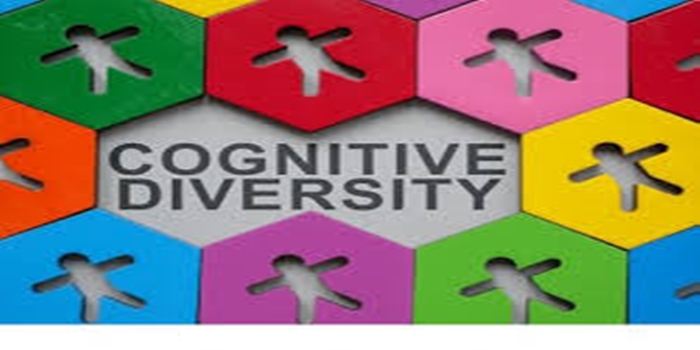In this article, we discussed the meaning of marketing to cognitive diversity, the examples, the features, and also the importance.
Definition
Marketing to cognitive diversity means tailoring marketing strategies and messaging to reach individuals with a wide range of thinking styles, favorites, and perspectives. It involves understanding how different people process information and create marketing content that resonates with those diverse cognitive styles.
The Features of Marketing to Cognitive Diversity:
- Understanding Cognitive Styles:
Diverse thinking patterns:
Recognizing that individuals have different preferred ways of processing information, such as analytical vs. intuitive, structured vs. unstructured, etc.
Varied problem-solving approaches:
Understanding that individuals may use different methods to approach and solve problems, and tailoring messaging to accommodate these differences.
Cultural influence on cognition:
Acknowledging that cultural background shapes thinking styles and values, and adapting marketing efforts to resonate with diverse cultural norms.
- Inclusive Messaging and Channels:
Diverse storytelling:
Creating narratives that represent a variety of perspectives and experiences to ensure inclusivity and avoid stereotypes.
Multi-sensory communication:
Using different communication methods (visual, auditory, etc.) to cater to diverse learning styles and preferences.
Language sensitivity:
Being mindful of language and using inclusive terminology that avoids potentially offensive or exclusionary language.
- Tailored Marketing Campaigns:
Targeted messaging:
Creating specific marketing campaigns that address the unique needs and interests of different cognitive groups.
Channel diversification:
Utilizing diverse marketing channels (e.g., social media, email, print) to reach different demographics and cognitive preferences.
Personalized experiences:
Offering customized experiences and content based on individual preferences and cognitive profiles.
- Foster a Culture of Inclusion:
Embrace diverse voices:
Encouraging different perspectives and ideas within the marketing team and business.
Promote open communication:
Creating a safe and supportive environment where individuals feel comfortable sharing their ideas and opinions.
Value unique contributions:
Recognizing and appreciating the unique skills and knowledge that individuals bring to the table.
Examples of Marketing that Considers Cognitive Diversity:
Instagram’s Curated Connections:
Instagram uses AI to suggest new accounts and content based on user interactions, effectively personalizing the user experience and catering to different cognitive styles.
Innovation Leader highlights how leading-edge millennials helped PepsiCo create LifeWTR, demonstrating the value of diverse perspectives in product development.
Chevrolet’s advertising campaign showcased diverse family structures, highlighting the importance of inclusive marketing practices.
Diversity in Visual Communication:
Using a variety of visual elements, such as different fonts, colors, and images, can appeal to diverse cognitive styles.
Targeted Marketing Automation:
AI and machine learning can be used to create personalized marketing messages and campaigns based on individual consumer behavior and preferences, allowing for more effective communication.
In-Culture Marketing:
This approach focuses on understanding and catering to the specific cultural needs and preferences of different groups, ensuring that marketing messages are relevant and resonate with the target audience.
Diversity Marketing:
This involves representing and including diverse groups of people in advertising and marketing campaigns, fostering a sense of belonging and inclusivity.
Cognitive Psychology in Advertising:
Applying insights from cognitive psychology can help brands understand how consumers process information and react to advertising, allowing for more effective messaging and campaign design.
Why is Cognitive Diversity Important:
Increased Creativity and Innovation:
Diverse perspectives can lead to more creative solutions and innovative products and services.
Better Problem-Solving:
Cognitive diversity can enhance problem-solving abilities by bringing together different thought processes and approaches.
Enhanced Decision-Making:
Diverse teams are more likely to make well-informed decisions by considering a wider range of perspectives.
Stronger Connections with Customers:
Understanding and catering to different cognitive styles can help brands build stronger connections with customers and create more engaging experiences.
Improved Brand Image:
Inclusive marketing practices can enhance brand image and attract a wider customer base.
Conclusion
Marketing to cognitive diversity involves tailoring marketing strategies to effectively communicate with individuals who have diverse cognitive styles and preferences. This means understanding how different people process information, make decisions, and engage with the world, and then adapting marketing messages to resonate with those individual differences.
READ: Diversity and Inclusivity


